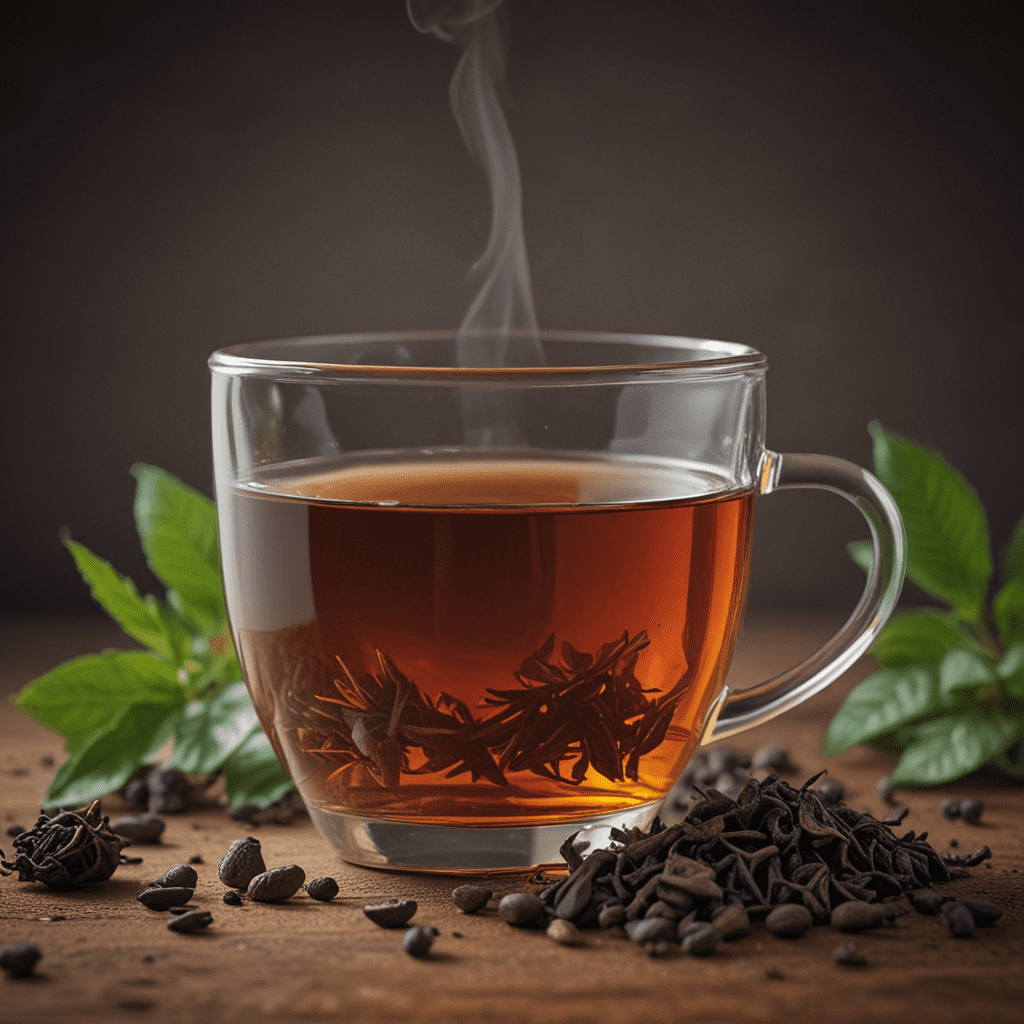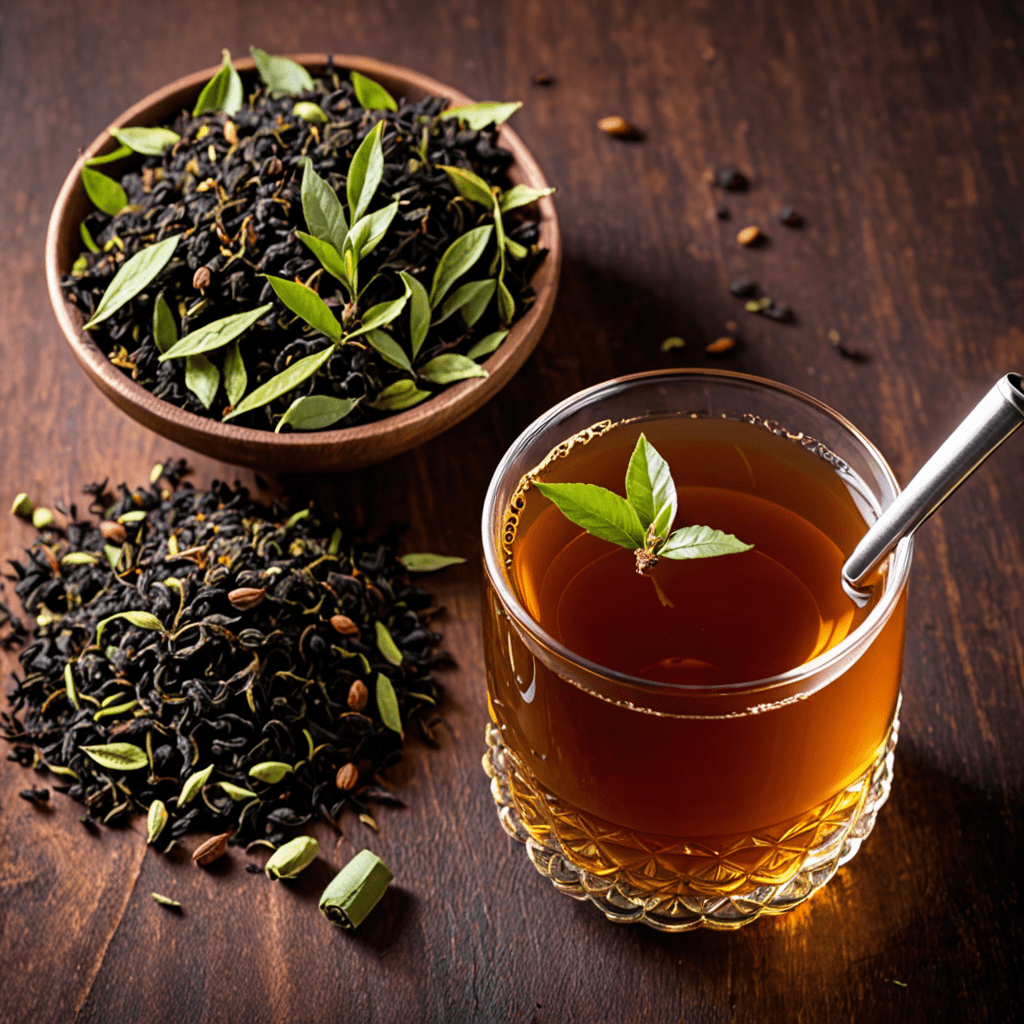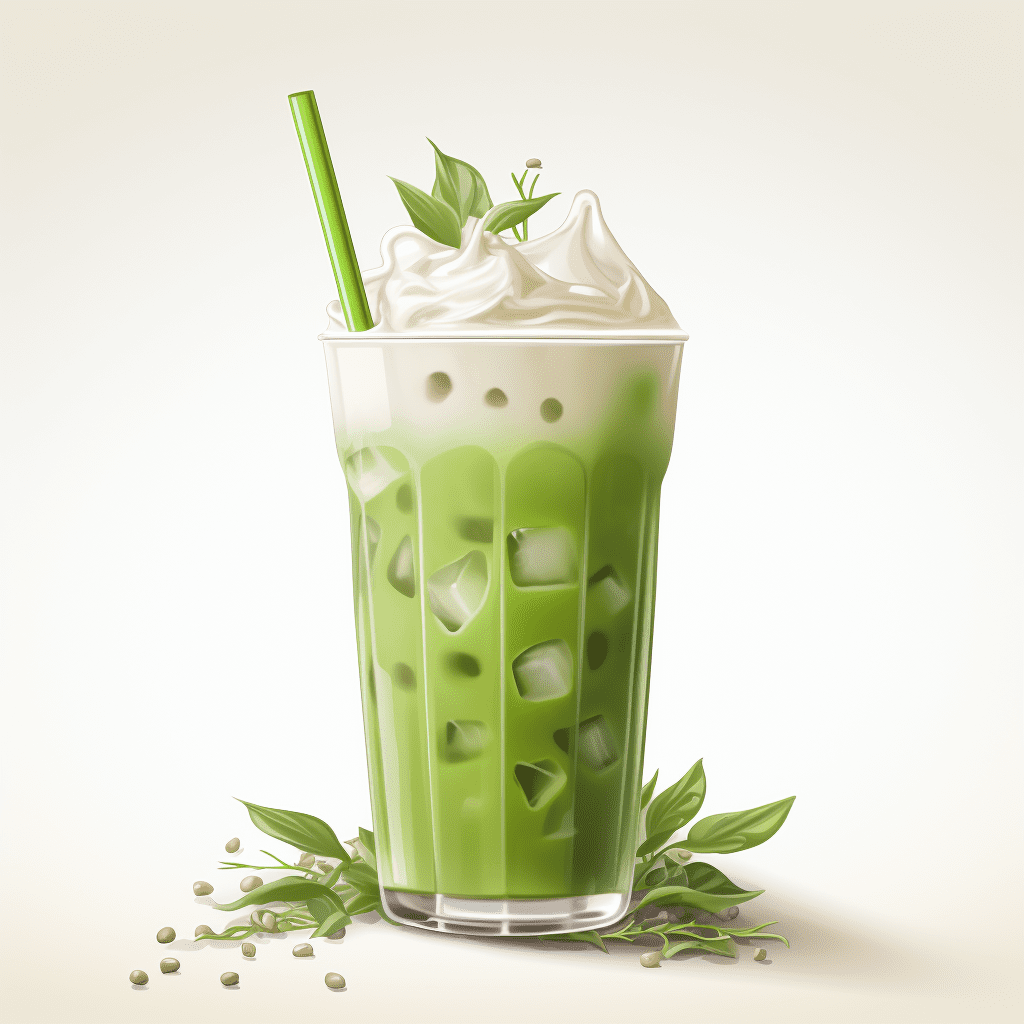Assam Tea: A Journey of Aromas
1. The Origin Story: Assam's Tea-Rich History
Assam, nestled in the northeastern corner of India, is celebrated as the birthplace of the world's most beloved beverage – tea. Archaeological evidence suggests that tea was consumed in Assam as early as the 13th century, but it was not until the 19th century that its commercial potential was recognized. The British colonialists played a significant role in developing the tea industry in Assam, introducing new cultivation techniques and establishing large-scale plantations. Today, Assam remains the largest tea-producing region in the world, contributing significantly to India's position as the second-largest tea producer globally.
2. The Terroir: Exploring the Unique Soil and Climate of Assam
The distinctive characteristics of Assam tea can be attributed to the region's unique terroir – a combination of soil and climate conditions that imparts specific flavors and aromas to the tea leaves. Assam's tea gardens are situated in the Brahmaputra Valley, a fertile plain known for its rich alluvial soil. This soil, composed of decomposed organic matter and minerals, provides an ideal nutrient base for the tea plants. Assam also experiences a subtropical climate with abundant rainfall during the monsoon season, followed by a dry winter. These conditions foster lush growth and enhance the development of complex flavor compounds in the tea leaves.
3. The Tea Plant: Varieties and Cultural Practices
Assam is renowned for its indigenous tea plant variety, Camellia sinensis var. assamica. This large-leafed cultivar is well-adapted to the region's high humidity and rainfall. Tea plantations in Assam generally follow a conventional cultivation system, employing traditional practices such as pruning, weeding, and shade management. The tea bushes are meticulously pruned to maintain their shape and promote new growth, while weeding ensures the elimination of competing vegetation that could hinder the tea plants' development. Shade trees are strategically planted to provide protection from the harsh sun, creating an optimal microclimate for the tea plants to thrive.
4. The Process: From Plucking to Processing
The journey from tea leaf to finished product involves a series of critical steps. Tea leaves are harvested during the plucking season, which typically spans from March to November. Assam's tea industry predominantly practices the two-leaf-and-a-bud plucking method, where the youngest two leaves and the unopened leaf bud are carefully handpicked. After plucking, the leaves undergo a process called withering, where they are spread out in thin layers to reduce their moisture content. This process initiates the enzymatic reactions that contribute to the tea's characteristic flavors. The withered leaves are then rolled, which breaks down their cell structure and releases their essential oils. The rolled leaves are then oxidized, fermented, and dried, resulting in the production of black tea.
5. The Grades: Understanding the Quality Spectrum of Assam Tea
Assam teas are graded based on various factors, including leaf size, appearance, and flavor. The highest grade of Assam tea is known as Golden Tips, which consists of tender young tea leaves with golden-colored tips. Other grades include Flowery Orange Pekoe (FOP), Orange Pekoe (OP), and Pekoe (P). The grade of a tea determines its quality and price, with higher grades commanding a premium due to their superior taste and aroma.
6. The Tea Trade: Assam's Role in the Global Tea Market
Assam tea has gained worldwide recognition for its distinct flavor and aroma, making it a highly sought-after commodity in the global tea market. India, as the world's second-largest tea producer, exports a significant portion of its tea, with Assam contributing a substantial share. Assam teas are exported to countries across the globe, including the United Kingdom, the United States, Russia, and the Middle East. The region's favorable climatic conditions, skilled workforce, and established infrastructure have enabled Assam to maintain its position as a leading supplier of high-quality tea to discerning markets worldwide.
7. The Aroma: A Symphony of Flavors and Scents
Assam tea is renowned for its robust, malty flavor and rich, full-bodied aroma. The unique combination of soil, climate, and processing techniques imparts a distinct character to Assam teas. These teas exhibit a wide range of flavor notes, from earthy and toasty to fruity and floral. The complex interplay of volatile compounds, including terpenes, esters, and alkaloids, contributes to the characteristic aroma and taste of Assam tea. The malty flavor, a signature attribute of Assam teas, is attributed to the high content of theaflavins, compounds produced during the oxidation process.
8. The Health Benefits: Unveiling the Medicinal Properties of Assam Tea
Beyond its captivating flavor and aroma, Assam tea is also valued for its potential health benefits. Rich in antioxidants, particularly polyphenols, Assam tea has been associated with various health-promoting properties. Studies have suggested that regular consumption of Assam tea may support cardiovascular health by improving cholesterol levels and reducing the risk of heart disease. Additionally, Assam tea contains compounds that exhibit anti-inflammatory and antimicrobial effects, potentially aiding in the prevention and management of chronic conditions. While more research is needed to fully elucidate the health benefits of Assam tea, its potential as a functional food is gaining increasing attention.
9. The Cultural Significance: Tea as a Way of Life in Assam
In Assam, tea is not merely a beverage; it is deeply intertwined with the region's culture and traditions. The tea gardens, with their sprawling plantations and bustling factories, are an integral part of the Assamese landscape. The tea industry provides employment and livelihoods to a significant portion of the population, shaping the social and economic fabric of the region. Tea is also central to Assamese cuisine, with dishes like "pitha," a traditional rice cake, often paired with a cup of tea. Furthermore, tea plays a vital role in Assamese festivals and social gatherings, symbolizing hospitality and community.
10. The Future of Assam Tea: Sustainable Practices and Innovations
As the world grapples with environmental challenges, the tea industry in Assam is actively exploring sustainable practices to minimize its ecological footprint. Initiatives such as organic tea cultivation, water conservation techniques, and waste management strategies are being implemented to preserve the region's natural resources. Simultaneously, research and innovation are driving advancements in tea production, leading to the development of new tea varieties, improved processing methods, and enhanced quality control measures. By embracing sustainability and innovation, the Assam tea industry aims to secure its future while continuing to deliver the exceptional teas that have captivated tea enthusiasts worldwide.
Frequently Asked Questions (FAQs)
- What are the different types of Assam tea?
Assam tea is predominantly black tea, but green tea and white tea varieties are also produced in the region.
- What makes Assam tea unique?
Assam tea is known for its robust, malty flavor and full-bodied aroma, attributed to its unique terroir and processing techniques.
- What are the health benefits of Assam tea?
Assam tea is rich in antioxidants and may support cardiovascular health, reduce inflammation, and have antimicrobial effects.
- How is Assam tea cultivated?
Assam tea is grown in large-scale plantations using conventional cultivation practices that include pruning, weeding, and shade management.
- How is Assam tea processed?
After plucking, Assam tea leaves undergo a series of steps, including withering, rolling, oxidation, and drying, resulting in the production of black tea.


